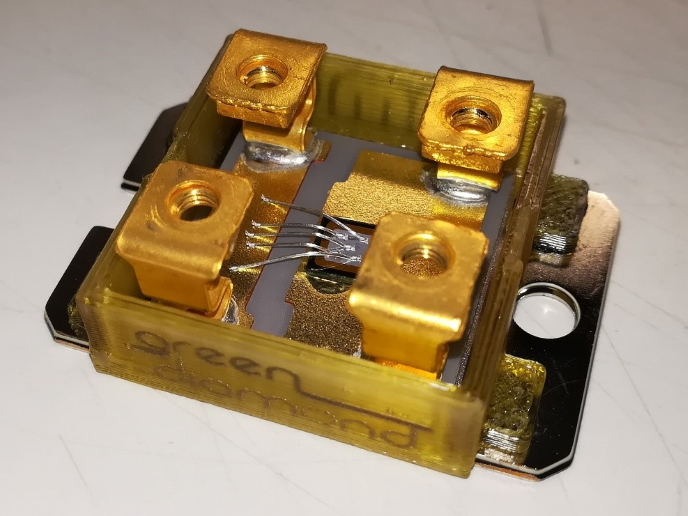Optical alternative to silicon for future electronics
Thanks to their organised structure, photonic crystals have the capability to conduct light in a particular wavelength. All the other frequencies are blocked from interfering with the correct functioning of the crystals. As early as the 1980s, researchers were able to replicate series of such photonic crystals which could be used in the electronics industry. However, there was a downside. They proved to be extremely expensive to build. The EU-backed 'Photonic hybrid architectures based on two- and three-dimensional crystals', or PHAT, project was able to develop a photonic crystal that is much easier and cheaper to fabricate, and ready to be integrated into silicon chips. But integration of photonic crystals into silicon chips is not easy. There are difficulties related to the size of the optical components which tend to be much larger than their electronic counterparts. The PHAT researchers combined two- and three-dimensional photonic crystals. By doing so, all-optical computer chips could shrink to a fraction of the size of standard silicon processors. Specifically, artificial opals were assembled out of 10 silica beads with the diameter of just a few hundred nanometers, bringing together both two- and three-dimensional crystals. The PHAT project ended in 2007 with the successful fabrication of the first three-dimensional photonic crystal integrated with waveguides, which channel light to where it is needed. The crystal fabrication method was patented by two of the project partners, the Tyndall National Institute, Ireland and the Technical Research Centre of Finland. This is a significant advance in photonic crystals, and brings us a step closer to all-optical chips for computers and communication systems.







